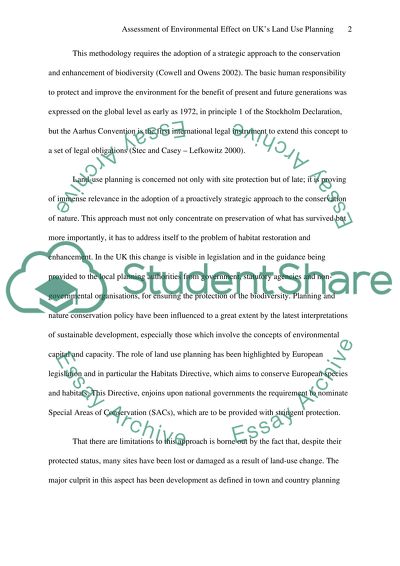Cite this document
(“UKs Land Use Planning Essay Example | Topics and Well Written Essays - 1250 words”, n.d.)
UKs Land Use Planning Essay Example | Topics and Well Written Essays - 1250 words. Retrieved from https://studentshare.org/politics/1524810-uks-land-use-planning
UKs Land Use Planning Essay Example | Topics and Well Written Essays - 1250 words. Retrieved from https://studentshare.org/politics/1524810-uks-land-use-planning
(UKs Land Use Planning Essay Example | Topics and Well Written Essays - 1250 Words)
UKs Land Use Planning Essay Example | Topics and Well Written Essays - 1250 Words. https://studentshare.org/politics/1524810-uks-land-use-planning.
UKs Land Use Planning Essay Example | Topics and Well Written Essays - 1250 Words. https://studentshare.org/politics/1524810-uks-land-use-planning.
“UKs Land Use Planning Essay Example | Topics and Well Written Essays - 1250 Words”, n.d. https://studentshare.org/politics/1524810-uks-land-use-planning.


